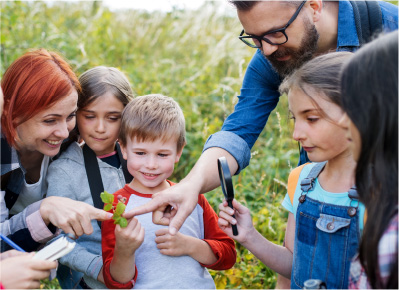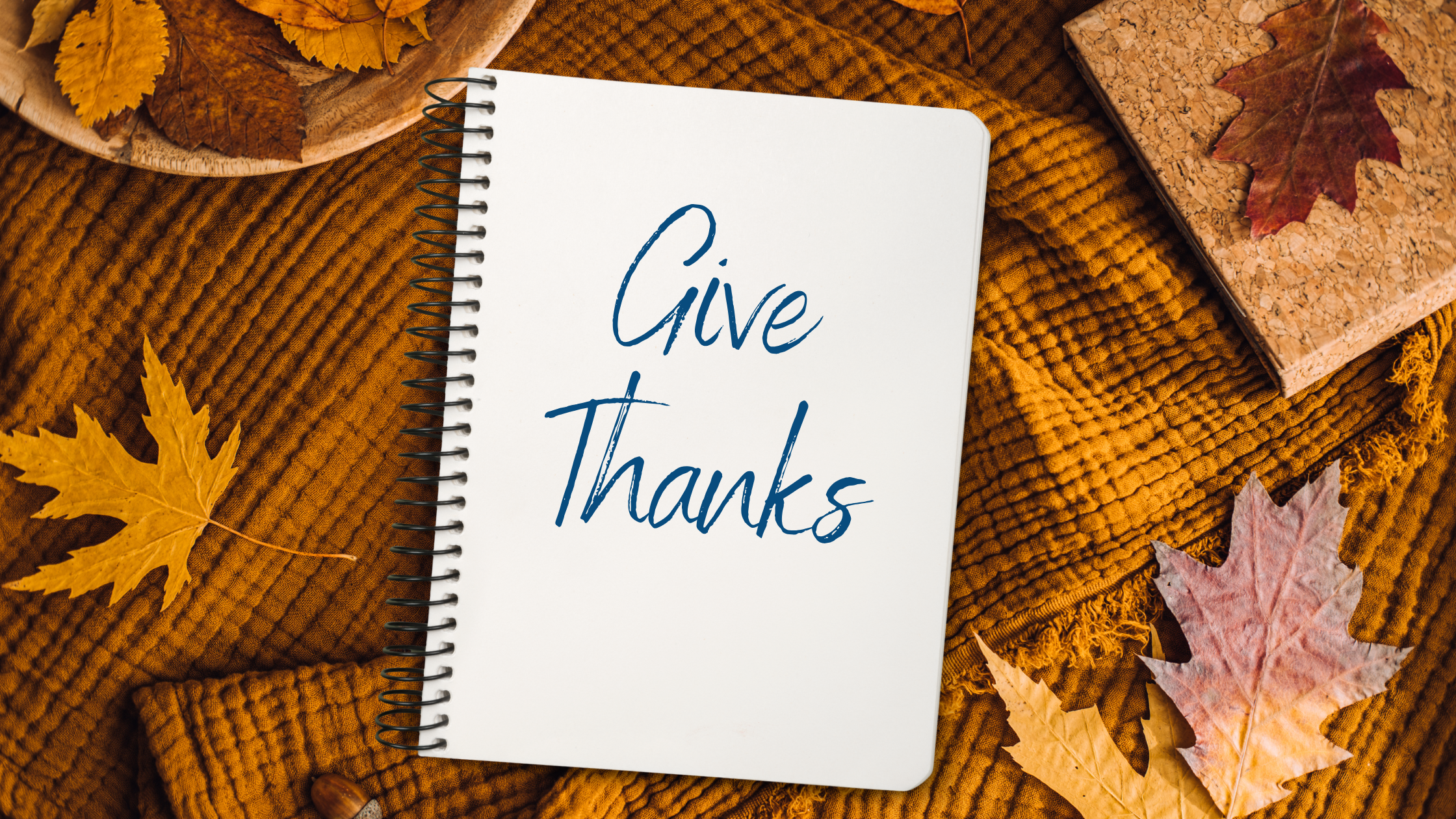If you’re here because of a current emergency, read no further and dial 911. If you are in imminent need of help or just need someone to talk to, call (800) 799-7233 or go to https://www.thehotline.org/ to chat live with a trained domestic violence professional.
One person can’t help everyone at risk of or affected by domestic violence. But you must help those put in your way.
Once upon a time, an old man used to go down to the ocean for exercise. One day, the old man was walking along a beach that was littered with thousands of starfish that had been washed ashore by the high tide. As he walked, he came upon a young girl eagerly throwing the starfish back into the ocean, one by one.
Puzzled, the man looked at the girl and asked what she was doing.
The young girl paused, looked up, and replied, “Throwing starfish into the ocean. The tide has washed them up onto the beach, and they can’t return to the sea by themselves. When the sun gets high, they will die unless I throw them back into the water.”
The old man replied, “But there must be tens of thousands of starfish on this beach. I’m afraid you won’t really be able to make much of a difference.”
The girl bent down, picked up yet another starfish, and threw it as far as she could into the ocean. Then she turned, smiled, and said, “It made a difference to that one!”
—Adapted from The Star Thrower by Loren Eiseley
October is National Domestic Violence Awareness Month – What You Need to Know
National Domestic Violence Awareness Month began in 1981 as a “Day of Unity” and soon after expanded to a full week. Beginning in 1987, the entire month of October was observed, and in 1989 it was officially recognized by Congress with Public Law 101-112.
Although October is just one month in the calendar—and with it, National Domestic Violence Awareness Month (DVAM) is only recognized for one month—the work to educate the public and prevent domestic violence never ends. Sadly, even after decades of highlighting its root causes and destructive impact on individuals, families, and our society as a whole, domestic violence remains one of the most prevalent forms of physical, mental, and emotional abuse in the United States.
Domestic Violence Facts in the United States
Statistics, although sometimes alarming, can help us to better understand how widespread a problem is. In the case of domestic violence, it is a problem that is more common than you might think. We share these statistics not only to raise awareness but to help domestic violence survivors understand that they are not alone.
- Every 9 seconds, a woman in the U.S. is beaten or assaulted by a current or ex-significant other. [link]
- The U.S. Department of Justice estimates that 1.3 million women and 835,000 men are victims of physical violence by a partner every year. [link]
- According to the CDC, 1 in 4 women and 1 in 7 men will experience physical violence by their intimate partner at some point during their lifetimes. [link]
- On a typical day, more than 20,000 phone calls are placed to domestic violence hotlines nationwide. [link]
- Women are 70 times more likely to be killed in the weeks after leaving their abusive partner than at any other time in the relationship, according to the Domestic Violence Intervention program. [link]
- 1 in 15 children are exposed to intimate partner violence each year, and 90% of these children are eyewitnesses to this violence. [link]
- Between 1993 and 2010, the overall rate of domestic violence dropped nearly two-thirds. State laws have reformed to address issues such as dating abuse in the workplace, stalking, employment discrimination, and more. [link]
- That last point is critical: education, new laws, and awareness are working. But, of course, much remains to be done.
Things You Can Do To Help Prevent Domestic Violence
If you’re not a victim and want to help, it’s far too easy to look at the statistics and say that it’s both too big of a problem to tackle and current efforts are making progress. Don’t forget the parable of the Star Thrower! Each individual is desperately in need of your intervention. But those efforts, on the macro scale, require the inputs of time, effort, and funds to be successful. And, naturally, dumping money into a pot is never enough. On a personal scale, awareness of the warning signs, both first and secondhand, is crucial to the prevention of future domestic violence.
Be Sure to Recognize the Signs of Domestic Violence
As a survivor of domestic violence, Julie Wukelic, Chief Executive Officer of Believe In Me: foundation for kids, remembers how easy it was to dismiss the warning signs of domestic violence. She recalls,
“It started out with destructive words that made me feel inadequate, small, and not good enough. Over time, the situation went from uncomfortable to violent, scary, and dangerous, with controlling behaviors, physical violence, and threats upon the lives of my family and me. After enduring years of these behaviors, I finally admitted to myself that I couldn’t ignore the warning signs and mustered up the courage to reinvent who I was in order to escape the situation. Although I lived in fear for some time afterwards, I’ve never looked back. It wasn’t until I recognized what domestic violence and abuse were that I was able to make that change.”
If you or someone you know is struggling with a similar situation, be sure to recognize the signs of domestic violence so you can step into the safety and healing you need to protect yourself and your family. Here are some of the tell-tale signs that you might be living with domestic violence and abuse:
- A partner has hit you, abused you, or beat you in the past
- A partner has hit or abused others in the past
- A partner that is possessive or controlling e.g., checks up on your whereabouts not out of concern, but of mistrust
- A mentally abusive partner e.g. put-downs, insults, or tries to force you to believe you’ll never be with anyone else
- A partner that threatens your family
- A partner that physically or sexually abuses you, even if it is just once
Domestic Violence Resources that Can Help
It doesn’t matter who you are, where you come from, or what you’ve done, no one deserves to be abused. If you or someone you know exhibits these warning signs, the time to act is now. Please use the information below to be the catalyst of change today:
For an immediate emergency involving domestic violence, call 911.
If you exhibit any of the warning signs above, please call the National Domestic Violence Hotline at (800) 799-7233 to get help today.
Or, go to https://www.thehotline.org/ to chat live with a trained domestic violence professional.
Stop the Effects of Domestic Violence Now
At Believe In Me we fund children’s charities that provide abused kids with a safe place to call home, a family that loves them, a feeling of community, and opportunities to learn, build self-esteem, and have fun. Domestic violence and abuse leaves many kids in our community homeless or orphaned, without a safe place to call home. We leverage our donations to support the critical transitional housing programs that provide support, resources, and a safe place to call home for these vulnerable youth. Please consider making a donation to help them recover from their traumatic experiences by visiting our website today.
Get to know more about Believe In Me and Help a Kid Today
References:
“National Domestic Violence Awareness Month” The National Child Traumatic Stress Network. https://www.nctsn.org/resources/public-awareness/national-domestic-violence-awareness-month
“It’s National Domestic Violence Awareness Month” Break The Cycle. https://www.breakthecycle.org/blog/it%E2%80%99s-national-domestic-violence-awareness-month
“October is National Domestic Violence Awareness Month” City of Jacksonville, Florida. https://www.coj.net/welcome/news/october-is-national-domestic-violence-awareness-mo#:~:text=National%20Domestic%20Violence%20Awareness%20Month%20is%20a%20time%20for%20domestic,support%20and%20services%20to%20victims
“National Domestic Violence Awareness Month – October” National Day Calendar. https://nationaldaycalendar.com/national-domestic-violence-awareness-month-october/“Statistics” The National Coalition Against Domestic Violence. https://ncadv.org/STATISTICS






